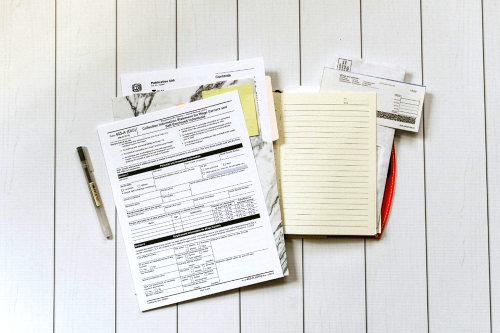Selling a property, building, or investment-related real estate is a significant step for investors, especially when it’s the first time selling. What many beginners aren’t aware of are the major tax implications and opportunities to defer capital gains tax.

The 1031 exchange under the Internal Revenue Code is perhaps the most important piece of the real estate investment puzzle; it can save you 15-20% of your sale by deferring capital gains taxes. By reinvesting the proceeds correctly, investors can maximize the benefits of this tax-deferral strategy and continue building net worth.
This article explores questions you may have like what is a 1031 exchange, how it works, and what are the rules or timeline.
What is Section 1031 Exchange?
Understanding the 1031 Exchange of the Internal Revenue Code is pretty straightforward. If an investor or business owner possesses a real estate property, he can sell it and reinvest the proceeds into a replacement or new property. There are no immediate tax implications to the transaction, indicating tax deferral is a possibility for the capital gains from the sale.
In the past, Section 1031 Exchange applied to different types of business or investment assets. The tax code changes are limited only to real estate asset applications.
Types of Properties that are Eligible
For 1031 Exchange, the properties should be like-kind. This means that the real estate properties of businesses or investments should be of the same character, class, and nature as proclaimed by the IRS.
Things to remember:
- Most US investment properties qualify as like-kind or the same
- Investors can exchange real estate property within the US with other properties within the USA
- Investors should exchange properties outside the US with other similar properties outside the country
Investors should understand the ins and outs of what is a 1031 exchange and seek the maximum advantages.
How Does the 1031 Exchange Begin?
When investors sell their existing investment or business property, they work with a QI (Qualified Intermediary). Qualified Intermediary might be a real estate attorney, a bank, or a CPA with expertise and knowledge in 1031 Exchange.
During the 1031 Exchange, when the old or relinquished property gets sold, the QI and the owner enter an interchange agreement with the QI. The QI is responsible for receiving capital from the property sale and holds safely throughout the transaction process. A Qualified Intermediary might consult with a business owner and work toward compliance with the Internal Revenue Code.
Working Mechanism
Timeline and property requirements define the working mechanism of the 1031 Exchange.
1031 Exchange Property Requirements
- The replacement property should be like-kind to the old property. It should be of greater or equal value. Two or more properties must be adequately similar.
- The interchanged properties should have similar functions and nature. For instance, a vacation home cannot be interchanged with a multifamily property. Second homes, vacation homes, and primary residences don’t qualify for the 1031 Exchange.
- The investor cannot hold on to the proceeds from the property sale during the 1031 Exchange. The QI (Qualified Intermediary) holds and maintains the fund in an escrow account, or the proceeds become taxable.
When investors understand what is a 1031 exchange, they know when the 1031 Exchange doesn’t apply.
- Trust certificates
- Bonds, stocks, and notes
- Partnership interests
- Securities or debts
Timeline Requirements for 1031 Exchange
1031 Exchange follows strict deadlines that investors should abide by.
45-Day
There is a 45-day rule that applies after the sale of the old property and the identification of replacement properties. The investor should identify possible replacement properties in written format, including legal descriptions or explanations of the property. It should have the investor’s signature and be shared with the sellers, and the QI involved in the exchange process.
180-Day
The 1031 Exchange has a 180-day deadline. It states that investors should close the replacement property within 180 days of closing on the old property or after the tax returns are due. If investors don’t follow the 180-day restriction, they miss out on the capital profit gains and are subject to taxation.
Conclusion
Real estate investors favor the 1031 Exchange as a straightforward and convenient way to gain profits and enjoy tax deferral. To seek the maximum benefits of the exchange of properties, investors should minutely research and understand what is a 1031 exchange, and its working or functioning mechanism.
Without learning about the basics of the exchange of properties, investors will fail to leverage the advantages.


